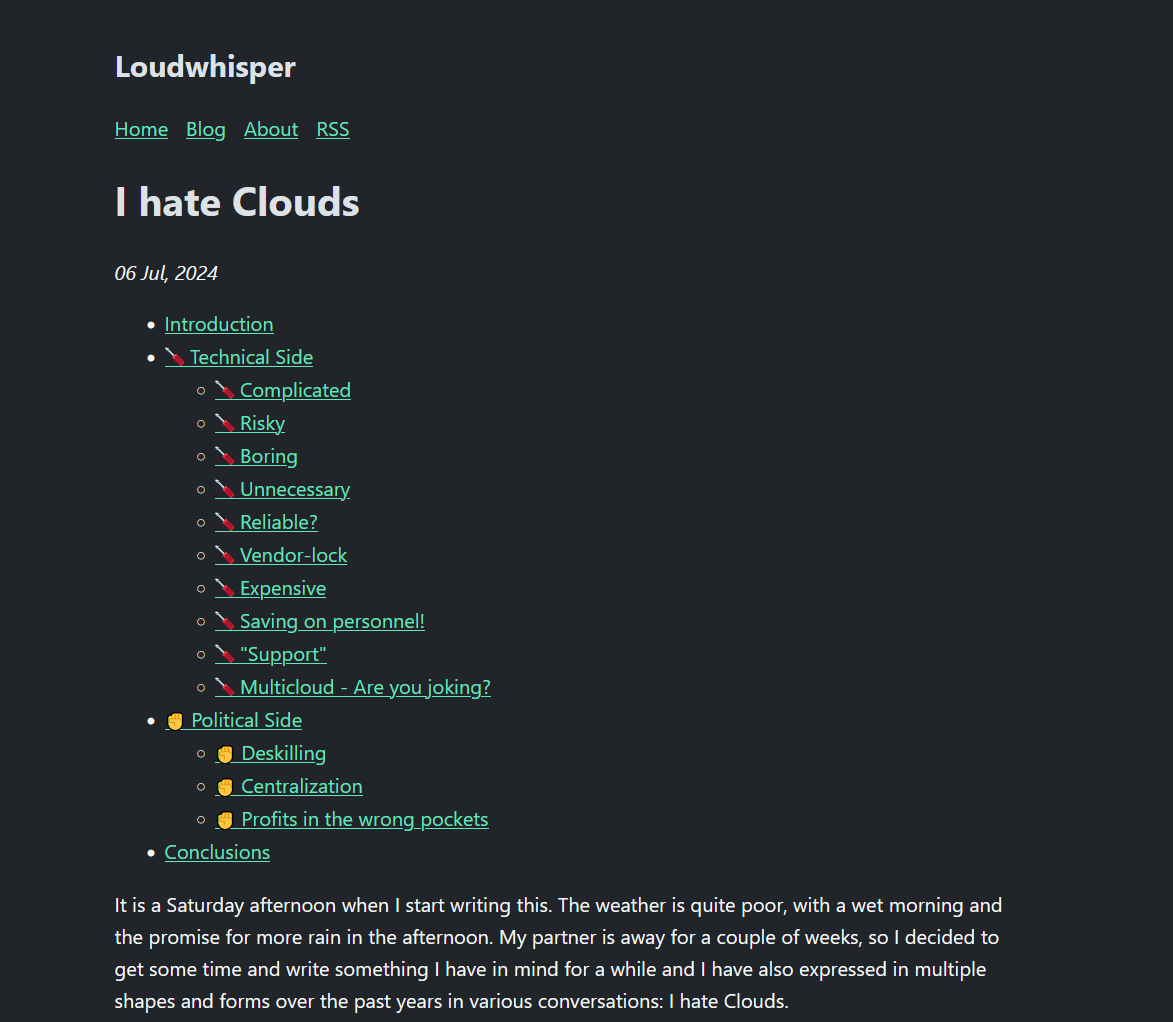If your compute needs expand that much everyday, and possibly shrink in others, than your use-case is one that can benefit from Cloud (I covered this in the post).
That said, if provisioning means recycle, then it's obviously not a problem.
This is a very rare requirement. Most companies' load is fairly stable and relatively predictable, which means that with a proper capacity planning, increasing compute resources is something that happens rarely too. So rarely that even a lead time for hardware is acceptable.
So if I may ask (and you can tell), what is the purpose of provisioning that many systems each day? Are they continuously expanding?

No, it's not true. A single system has less failure scenarios, because it doesn't depend on external controllers or anything that makes the system distributed and that can fail causing a failure to your system (which may or may not be tolerated).
This is especially true from a security standpoint: complexity adds attack surface.
Simple example: a kubernetes cluster has more failure scenarios than a single node. With the node you have hardware failure, misconfiguration of the node, network failure. With a kubernetes cluster you have all that for each node (each with marginally less impact, potentially, because it depends for example on stateful storage, that if you mitigate you are introducing other failure scenarios as well), plus the fact that if the control plane goes in flames your node is useless, if the etcd data corrupts your node is useless, anything that happens with resources (a bug, a misuse of the API, etc.) can break your product. You have more failure scenarios because your product to run is dependent on more components to work at the same time. This is what it means that complexity brings fragility. Looking from the security side: an instance can be accessed only from SSH, if you are worried about compromise you have essentially one service to secure. Once you run on kubernetes you have the CI/CD system, the kubernetes API, the kubernetes supply-chain, etcd, and if you are in cloud you have plenty of cloud permissions that can indirectly grant you access to the control plane and to a console. Now you need to secure 5-6-7 entrypoints to a node.
Mind you, I am not advocating against the use of complex systems, sometimes they are necessary, but if the complexity is not fully managed and addressed, you have a more fragile system. Essentially complexity is a necessary evil to respond to some other necessities.
This is the reason why nobody would recommend to someone who needs to run a single static website to run it on Kubernetes, for example.
You say "a well designed system", but designing well is harder the more complexity exists, obviously. Redundancy doesn't always work, because redundancy needs coordination, needs processes that also depend on external components.
In any case, I agree that you can build a robust system within Cloud! The argument I am trying to make is that:
And mind you, everything you can do in Cloud you can also do on your own, if you invest on it.